
Are you getting ready for root digging season? At weedom, we’ve noticed that many of our favorite plants aren’t so easy to locate when the time of root harvest is optimal, especially when the land is extremely dry. The easy method for us is to mark the areas of interest wherever the useful weeds tend to disappear from sight. Some plants have big stems or trunks and persistent leaves, so we don’t have worry about physically marking those. Now’s the time to make sure we know which chicory, dandelions and valerian are going to be excavated. Marking the mallow and marshmallows for harvest is probably a good idea. Our nearby bit of goldenseal has long disappeared in the drought, and is therefore not a candidate. We wonder if it’ll be back in the spring. This fall, very little is left of our comfrey above ground. Like asparagus, their roots grow halfway to China. They will survive the drought.
We’ve been digging more into the roots each year, rather than purchasing them for our herbal concoctions. In nature’s laboratory we’ve learned the lifecycle of our plants, and how they can best be propagated. Direct experience has been the best way to more permanently cement the information into our brains, and allow us to share it.
The general rule of root digging is to choose a time in the plant lifecycle when the roots contain the resources and energy of the plant. That usually means the fall of the first year or spring of the second year for biennials. Most often it means the dormant season for perennials, when leaves have dropped or the aerial parts have died back, or after the first frost. Early spring could be digging time too, though its often wet and messy then. Some of the well known, medicinal perennials need to be allowed to grow to the second, or third year, or perhaps even longer to be of sufficient size and potency for harvest.
Many medicinal plants seem to exhibit more potency per weight of biomass when grown under somewhat harsher conditions. Sometimes the largest, juiciest roots will be lighter in color, with lower concentration of active constituents. Plants which are fighting for survival will often produce more of their self protective chemicals which are useful to us. Yellow dock visually exhibits this characteristic, producing darker yellow, more potent roots when grown under dryer or harsher conditions. We have dug huge, very light colored roots from our garden areas where the water and compost or manure were plentiful. Wild crafted products such as ginseng roots can be sold for higher prices per unit weight, because those are perceived to be more efficacious than cultivated plants. (This issue has caused increased scarcity, and a move towards other adaptogens.)
In the case of large bushes or trees, there is the possibility of harvesting a segment of the roots without killing the plant. Sassafras puts out little sucker trees from its roots which can be harvested without too much disruption. The classic sassafras tea is made using the inner bark of the roots. This is best known as the root beer flavored delight that had been banned from the market over excessive panic regarding the safrole content. (At weedom we’re not panicking, but some others feel differently.)
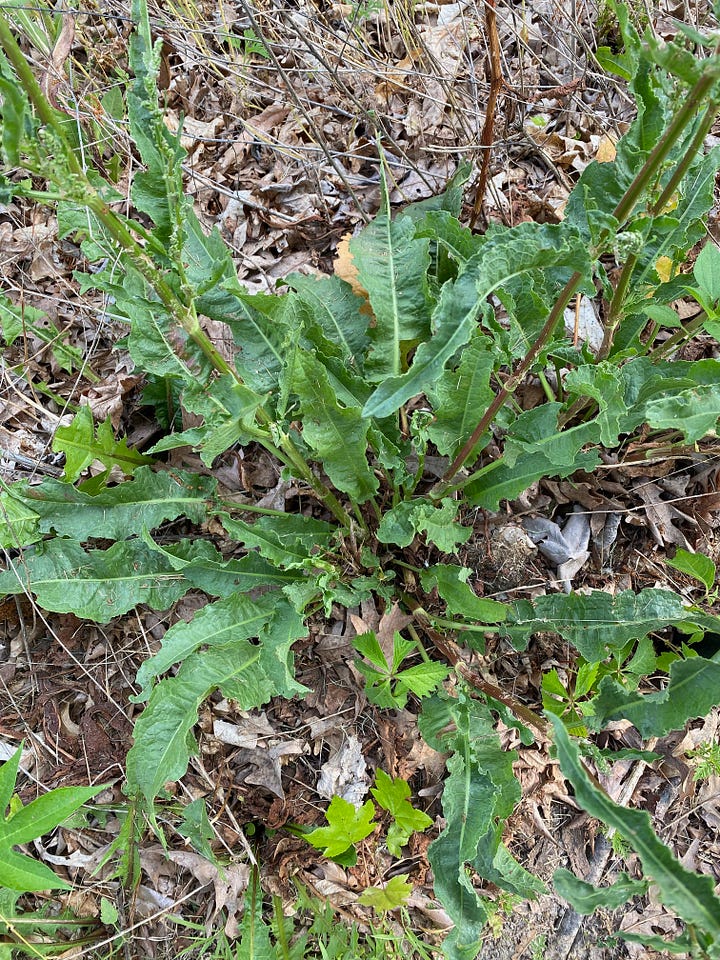
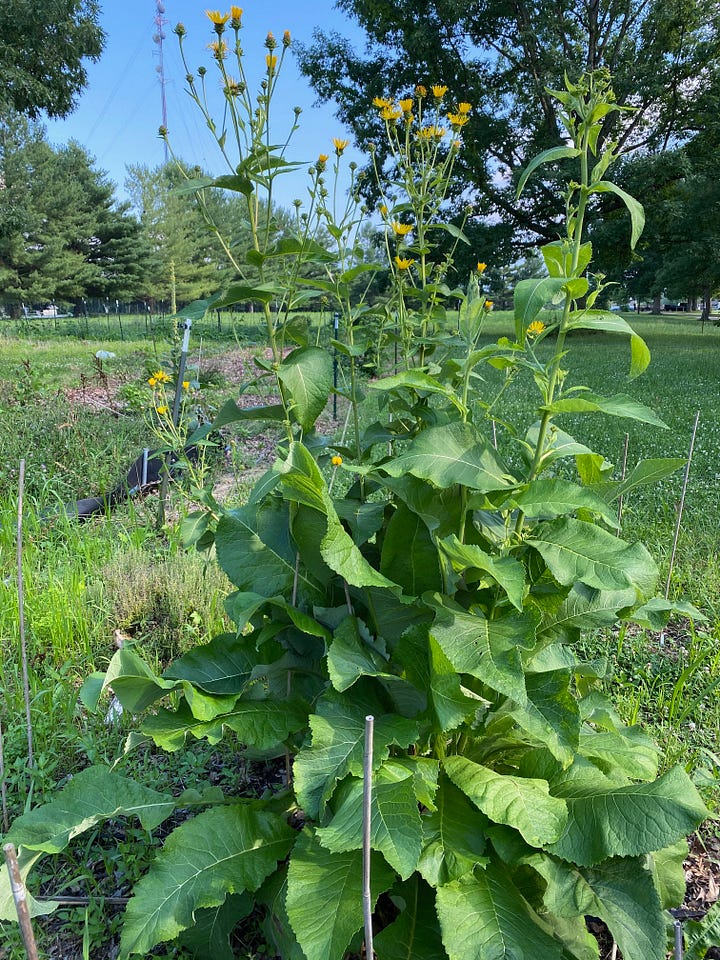
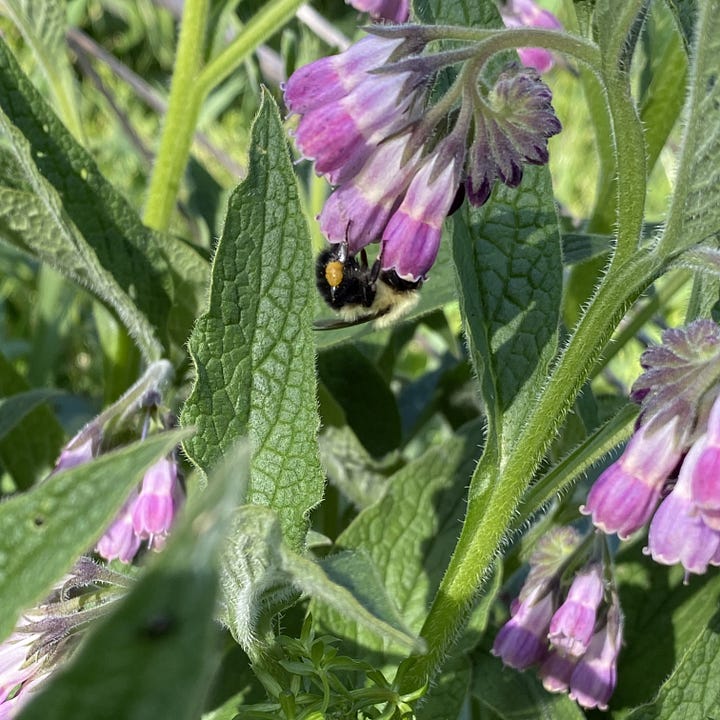
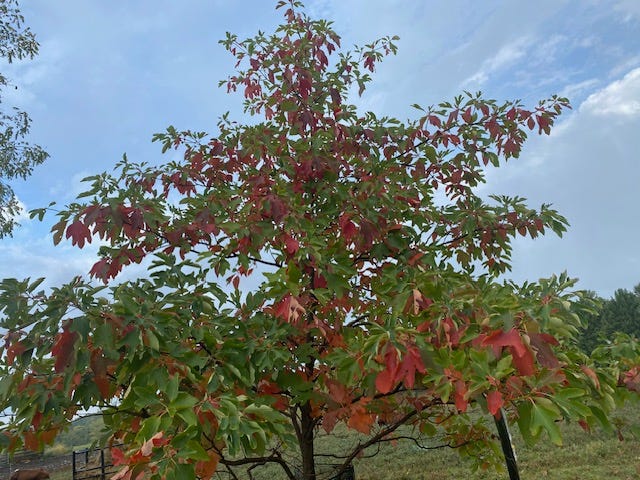
With some plants, you can dig them up, harvest the side roots, replant the main crown, and thereby allow the plant to regrow. Comfrey is an easy example of a plant that can often survive a very vigorous root harvest. Dandelion is another. Some plants can offer up certain milder benefits from the aerial parts, and these can be often used in place of the roots in order to allow the plant to survive and be propagated from root divisions. (Echinacea, black eyed susan, (Rudbeckia hirta), valerian and comfrey are like that.) Later when they’re more plentiful, you can take the roots without feeling that you’re wiping out the species.
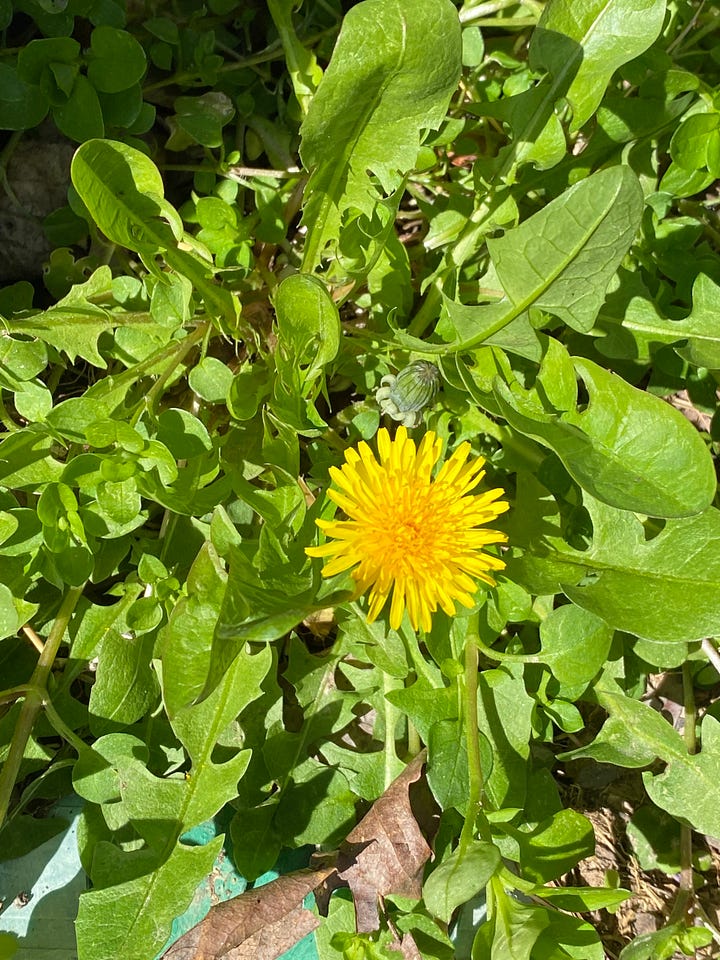
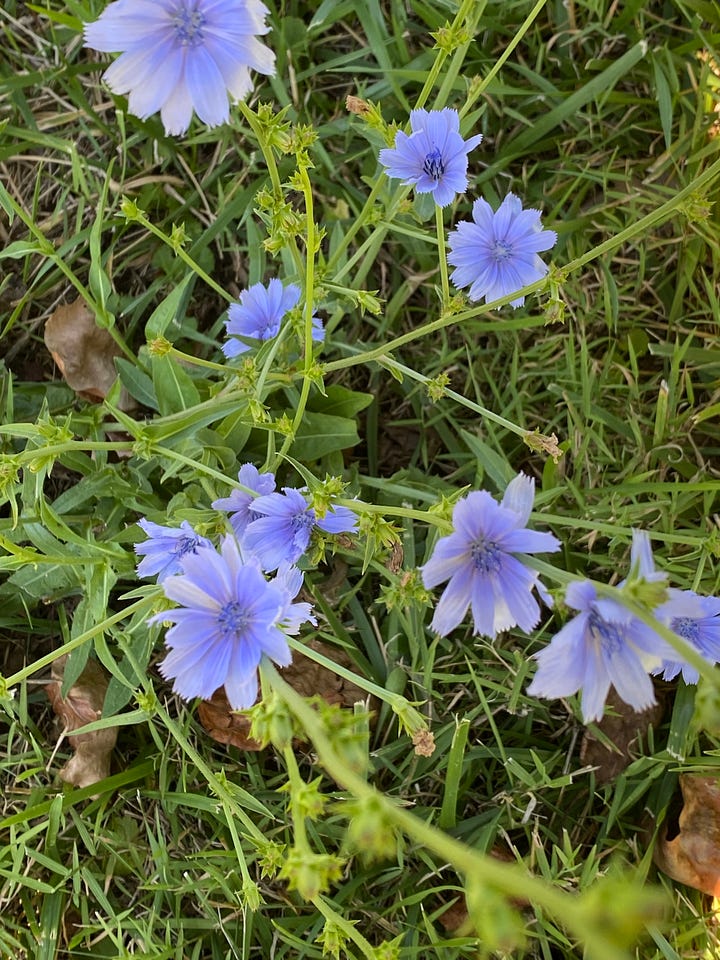

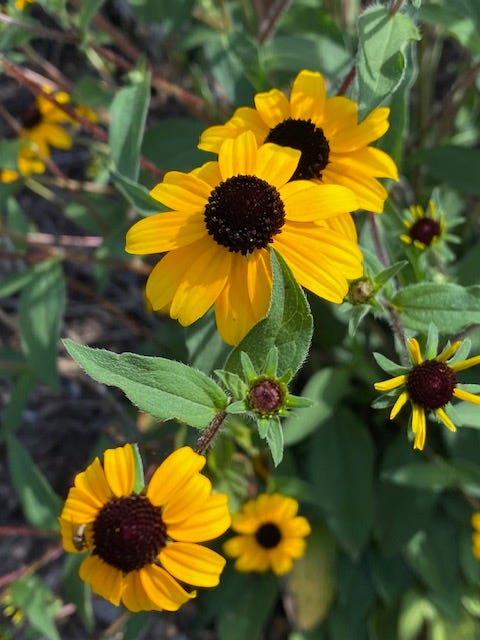
Are you remembering which part of your property was crazy with dandelions? They seem to recover in the fall, sometimes even putting up some blooms. Perhaps use garden cleanup time to grab a few dandelion roots to dry. Fall is the time when more inulin is present. The same holds true for chicory roots. The biggest fun is in making sure (when blooms are gone) that your chicory isn’t dandelion, though they are interchangeable for a lot of uses. Head back to our chicory post for a review if needed. This year we left the tall, no longer flowering stems on our chicory to mark the patches.
What to do with all your roots? Some good general advice for drying and storing comes from the resellers who buy the products from wildcrafters and growers, because they don’t want rotten roots, or impotent products. See what Rootbuyer.com, for one example, has to say about your root of interest.
No matter what, you must not be diverted from finishing the job whenever you gather roots. Cleaning and chopping have to happen soon, or you’ll be using the “sledge-o-matic” or meat tenderizer method, and firing root chunks all around the room, as the famous Gallagher did with his watermelons. Any large roots quickly become difficult to chop, then as hard as a rock, and will ruin any mechanized device you have for grinding them. Clean and chop them right away, and spread the pieces to dry in a place with no direct sun. The finer you grind, the more plant goodies you’ll extract into your teas, tinctures, oils, etc. We recommend that this secondary grind be done shortly before you utilize or tincture the root, so that more active constituents are conserved until just before the extraction. There are various high tech processes to disrupt plant cells further for the most efficient extraction, but we’re sticking to home based methods available to most people. (Those of you with freeze dryers have an immediate advantage for efficient drying, storage and extractions. ) Fresh or partly dried roots can be extracted into water or strong alcohol solutions. Fully dried product is much less of a problem to extract into oils. Before storing, the roots should be completely dry, or perhaps roasted in the case of dandelion or chicory. Care should be taken that moisture or condensate doesn’t accumulate in any sealed storage containers, when they are opened and closed, because that encourages mold. This is more of an issue for those of us without total climate control within our abodes.
Those of you who are experienced in gathering roots, feel free to visit the chat, notes and comments, and let us know what you think. Questions and comments are welcome from everyone! We hope that we’ve gotten you all thinking of what you’ll be wildcrafting or saving as you rearrange or close down your gardens later in the season. Also we’ve sneak previewed some weeds that will be presented in the future. Recommendations from you are welcome. The weedom treatment can be given to species from outside of our area, if you have some good pics.



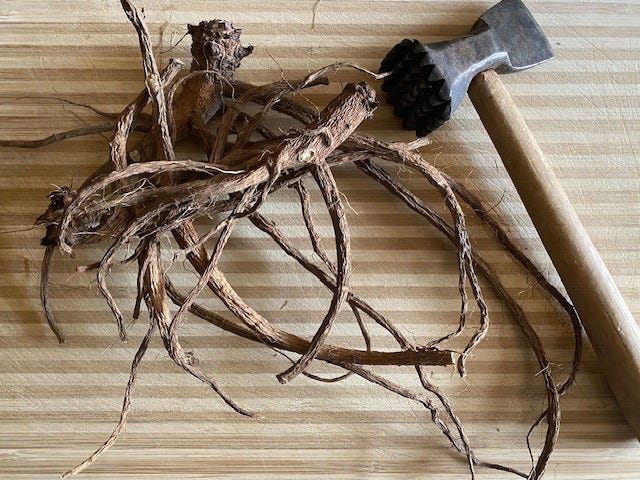


My favourites are dandelion, salsify, sarsparilla and a Sydney native you probably never saw before, gymea lily (Doryanthes excelsa).
Wow! Thank you.